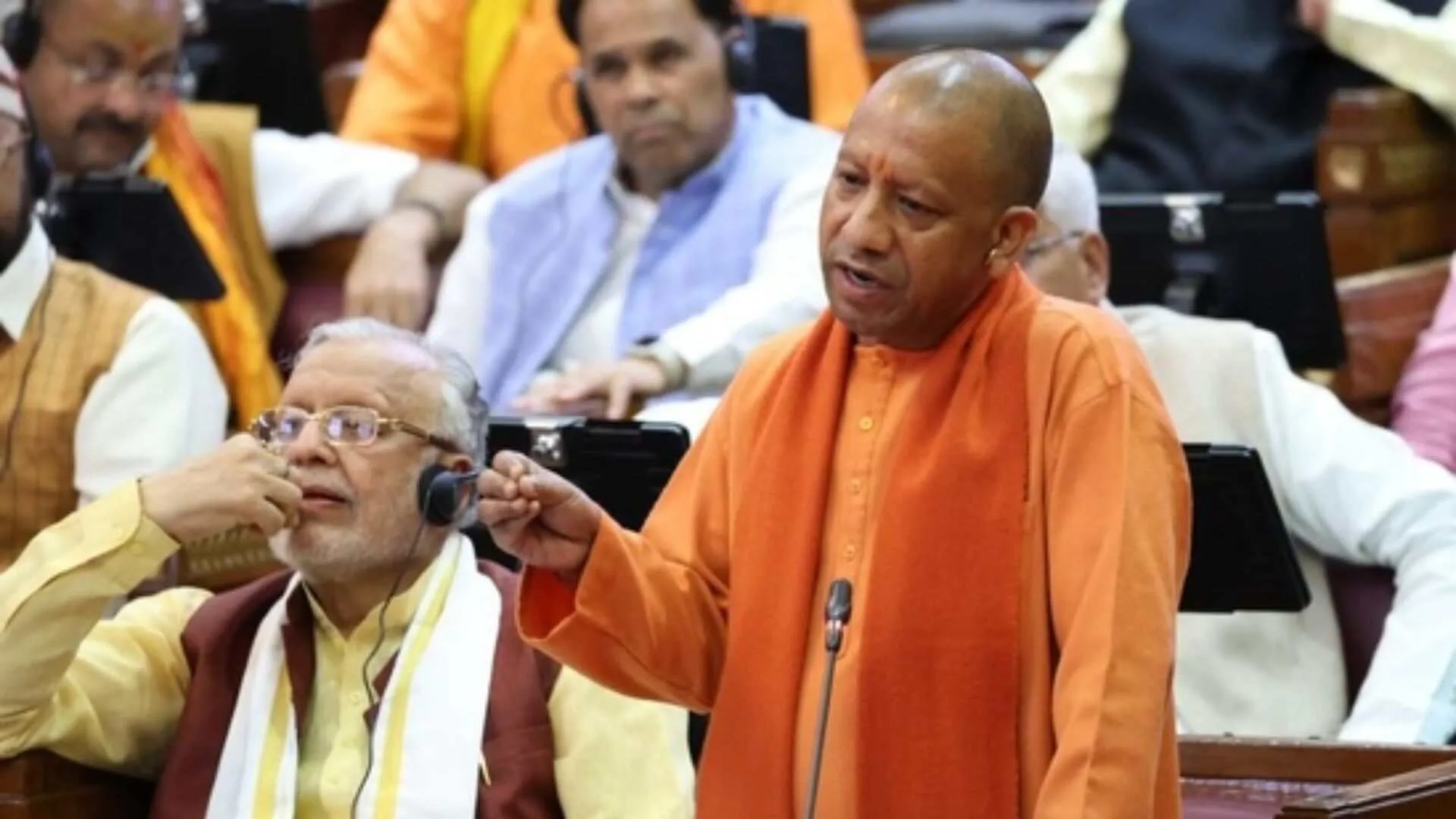External developments apart from those relating to Pakistan are rarely an issue in the domestic narrative, but brewing anti-China sentiment amongst several parts of the populace has positioned Beijing in the national consciousness. While all eyes are fixated on the game of brinkmanship being played out on the LAC, it is an opportune moment to highlight another important area of contention: China’s management of Tibet’s rivers and the plausible impact on lower riparian countries like India.
China, in order to deflect attention from Covid-19 which has inflicted huge dent on the economy, both Chinese and global, has kindled many of its rivalries. At this critical time, the mandarins of the Middle Kingdom have thrown caution to the wind and are acting unilaterally, disregarding norms and agreements, both bilateral and multilateral to further their agenda of .There is a laundry list of enmities, many of these disputes are territorial and stem from China’s desire to maximise its economic and cultural influence.
It is in this political environment that there is a serious need for India to arouse consciousness nationally and build support at multilateral levels to put checks on China’s uninhibited dam building, water diverting and mining projects along the course of the Brahmaputra river. While the Chinese share hydrological data for the Sutlej and Brahmaputra, enabling us to anticipate water levels to prepare in time for flooding, they charge us a fee for that. It is interesting to note that India does not charge its downstream neighbours — Pakistan and Bangladesh. Further, even though there have been numerous MoUs on sharing hydrological data concluded, the latest being in 2018, they stop sharing data as and when they please, as it was seen around the time of the Doklam crisis. There is little cooperation in addition to sharing hydrological data, while India has robust water-sharing treaties with Pakistan and Bangladesh. It is estimated by Brahma Chellaney in his book, Water: Asia’s New Battleground, that until China has achieved its national objectives of power generation and river water diversion to its parched northern lands, it is unlikely to acquiesce to any agreement.
China has a dual design on reigning in the Brahmaputra river with the future objective of not only generating power for the relatively underdeveloped region but also to divert waters to their northern parts as the third phase of the South North Water Diversion Project. The dam site they’ve chosen has been detailed by Chellaney in his book at Metog County, Nyingchi Prefecture, where they aspire to build a 38 GW (Gigawatt) generating facility (a capacity larger than the Three Gorges Dam), in comparison the Bhakra Nangal Dam generates a meagre 1.3 GW. Supporting infrastructure in the form of roads and railroads has already or are in the process of being constructed. This location near the Namcha Barwa gorge is ideal for power generation given the steep natural fall that waters take before they enter India. Additionally, the point for the water diversion project is further upstream. This entire region is in the proximate area of Pemako, a region considered very sacred by Tibetan Buddhists — where there is vast virgin forests and varied flora and fauna. Further this region in particular is close to where the Indian and Eurasian plates converge thereby being prone to seismic risks.
It is now settled that China is the upper riparian power and reigns sovereign in these areas, following the NDA Government’s 2003 recognition of the Tibet Autonomous Region as a formal part of China. However, its exploitation of Tibet’s blue gold in the above mentioned megaproject and by way of numerous other projects such as the Zangmu dam (completed in 2014 with installed capacity of 500 MW), certainly affects the interests of lower riparian countries such as India and Bangladesh adversely.
The NDA government’s action of course is only a cherry on top of the larger cake that was our concessionary foreign policy in the years postIndependence. Other rivers such as the Irrawady, Mekong and Salween that also originate in Tibet have been heavily dammed leading to concerns in the countries of South-East Asia into which they drain. Given that many of China’s neighbouring states have high dependency ratios (Food & Agriculture Organization data) relative to China for their water supply, with India (33.4%), Bangladesh (91.3% Including Ganga which originates in India), Laos (42.9%), Thailand (47.1%), Cambodia (74.7%) and Vietnam(58.9%), there is certainly a need for a mechanism to ensure a sustainable integrated river basin management. However, the Chinese style is to only deal bilaterally, if at all, as they have stayed away from any such multilateral arrangements, the Mekong River Commission being one of them. Further, China was one of three countries along with upper riparian Turkey that opposed the UN Convention on Non-Navigational Use of International Watercourses in 1997, the resolution carried 103-3 with 27 abstentions.
India’s Northeast will feel the major brunt of China’s unilateral action in Tibet, which it refers to as its water tower. While the seven sisters are undoubtedly far away from New Delhi, and given our food surplus at the moment water security may seem like a distant concern however if we are to act east, we must ensure our water security, not only for the purposes of agriculture, fisheries and the dependent communities but also to generate our own power.






















